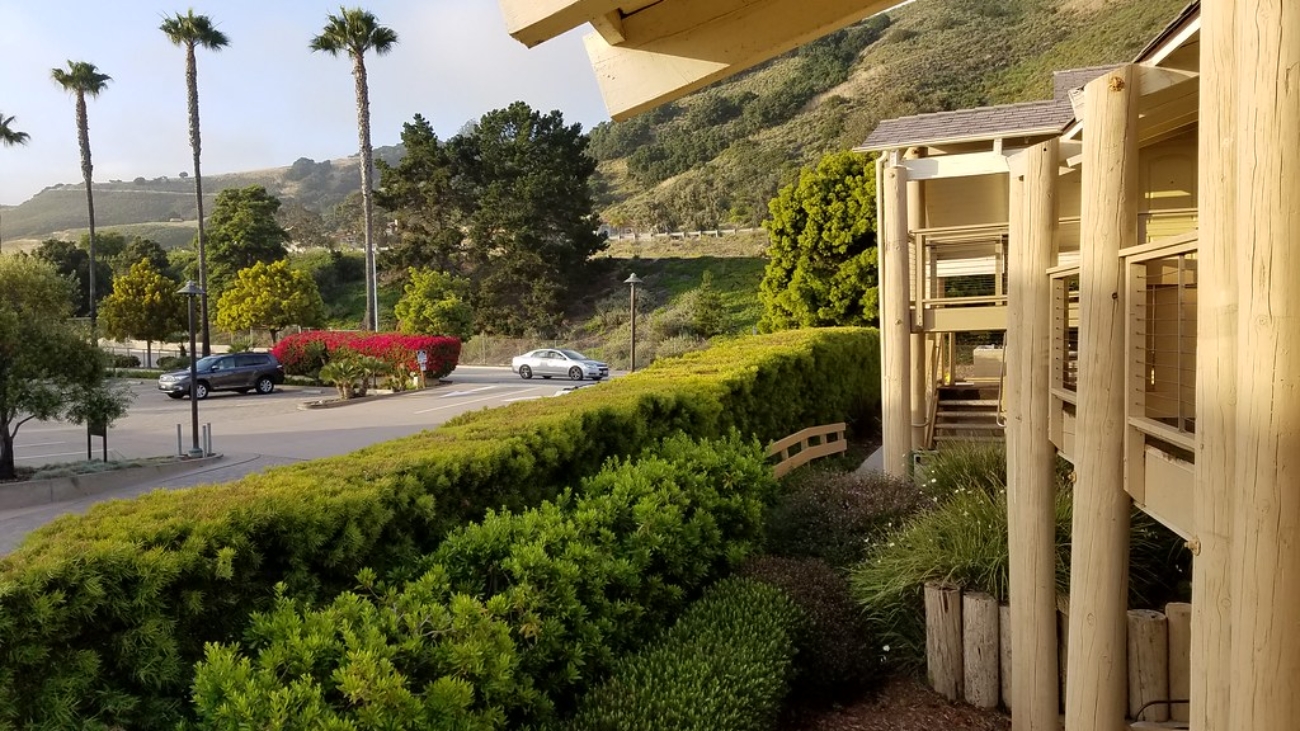1. Why Effective Inventory and Rate Management is Key to Profitability
- The Role of OTAs in Hotel Distribution: Discuss how OTAs have become a vital part of a hotel’s distribution strategy, providing exposure to a global audience and increasing bookings.
- Impact on Profitability: Explain how managing inventory and rates effectively on OTAs can increase Occupancy, ADR (Average Daily Rate), and RevPAR (Revenue Per Available Room), leading to higher profitability.
- Challenges with Multiple OTAs: Highlight the complexities of managing availability and pricing across several OTAs, and how inconsistency can lead to lost revenue or overbookings.
2. Centralized Inventory Management: The Key to Efficiency
- Using a Channel Manager: Explain how using a Channel Manager helps hotels synchronize room availability across multiple OTAs in real time, reducing the risk of overbookings and ensuring availability is always up-to-date.
- Benefits of Centralized Management: Discuss how centralized inventory management allows for better control over room distribution and more accurate forecasting, which helps in setting the right rates.
- Avoiding Overbookings: Provide tips for managing inventory allocation and ensuring that rooms are not oversold, especially on higher-commission OTAs.
3. Dynamic Pricing Strategies for OTAs: Maximizing Revenue
- The Importance of Dynamic Pricing: Explain how dynamic pricing tools adjust rates based on factors like demand, market trends, competitor pricing, and historical performance.
- Adjusting Rates for Different OTAs: Discuss how to adjust rates for different OTAs based on commission structures, customer types, and platform performance (e.g., higher rates on OTAs with lower commissions or more loyal customer bases).
- Revenue Management System (RMS): Introduce the concept of a Revenue Management System (RMS), which uses algorithms to adjust room rates in real time based on demand forecasts, competitive pricing, and occupancy levels.
4. Rate Parity: Ensuring Consistency Across All Channels
- What is Rate Parity?: Define rate parity and explain its importance in ensuring that customers are charged the same rate across all OTAs and booking channels.
- Avoiding Rate Discrepancies: Discuss the risks of offering inconsistent rates on different OTAs (e.g., customer dissatisfaction, lost sales, or penalties from OTAs) and the impact on profitability.
- Strategies for Maintaining Rate Parity: Offer tips on how to maintain rate parity across OTAs without undermining the value proposition of direct bookings.
5. Maximizing Profit with Smart OTA Partnerships
- Choosing the Right OTAs: Discuss the importance of analyzing which OTAs perform best for your property. Focus on OTAs with a strong user base or lower commission fees to maximize profitability.
- Negotiating Better Commissions: Suggest negotiating commission rates with OTAs, especially for properties with high occupancy rates or a strong brand presence.
- Premium Placement: Explain how hoteliers can negotiate for premium visibility or better placement on OTAs in exchange for more attractive rates, while still ensuring profitability.
- Diversifying OTA Channels: Encourage hoteliers to spread inventory across multiple OTAs to avoid over-reliance on a single channel, which can lead to commission fatigue and loss of direct bookings.
6. Using Data and Analytics to Optimize Performance
- Data-Driven Decisions: Emphasize the importance of collecting and analyzing data to make informed decisions about pricing, room allocation, and promotional offers.
- Tracking Competitor Pricing: Use tools to monitor competitor pricing and adjust your own rates accordingly to stay competitive in the market.
- Demand Forecasting: Discuss how historical data and market trends can help forecast future demand, allowing hoteliers to adjust inventory and pricing strategies for peak and off-peak seasons.
- Performance Metrics: Recommend tracking key performance indicators (KPIs) like Occupancy Rate, ADR, RevPAR, and Booking Pace to gauge the effectiveness of pricing strategies and adjust them as needed.
7. Leveraging Promotions and Packages for Increased Profit
- Tailored Promotions for OTAs: Discuss how OTAs provide opportunities for offering tailored promotions and special deals to attract more guests, such as last-minute discounts, flash sales, or exclusive packages.
- Creating Special Offers: Provide examples of successful promotions, such as adding breakfast or spa packages to the room rate, or offering loyalty discounts to repeat customers.
- OTA-Specific Offers: Suggest creating exclusive deals for each OTA to cater to their audience while maintaining profitability (e.g., discounts for members of specific OTAs’ loyalty programs).
8. Managing Overbookings and Cancellations Efficiently
- Overbooking Strategies: Explain how to strategically overbook, factoring in expected cancellations, no-shows, and last-minute booking spikes, to optimize revenue without risking guest dissatisfaction.
- Cancellation Policies: Discuss how clear cancellation policies and non-refundable rates can help protect revenue, particularly on OTAs, where last-minute cancellations can hurt profitability.
- Handling Overbookings with Minimal Impact: Provide best practices for managing overbookings, such as offering alternative accommodation, upgrades, or compensation to guests, while minimizing revenue loss.
9. Staying Flexible: Adapting to Market Shifts
- Monitoring and Adapting to Trends: Encourage hoteliers to monitor trends like shifts in demand, local events, or seasonal fluctuations, and adjust rates and inventory accordingly.
- Agility in Pricing: Discuss the importance of staying agile with your pricing strategy, ensuring that rates can be quickly adjusted to respond to sudden market changes or competitor actions.
- Utilizing Technology: Stress how using technology tools like RMS, Channel Managers, and Property Management Systems (PMS) can help make fast adjustments without manual intervention.


